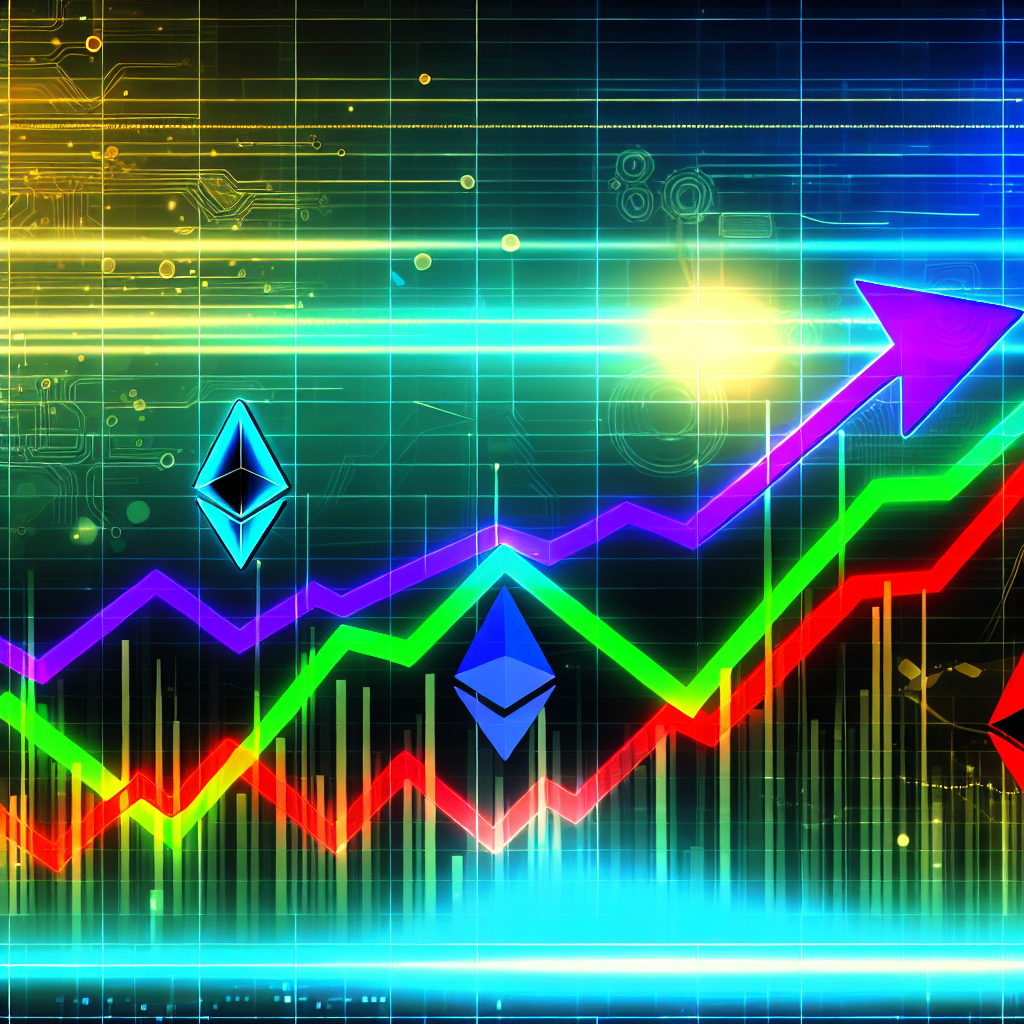Ethereum scaling tokens have shown greater resilience than many in the cryptocurrency market following the weekend crash, indicating a stronger price stability among layer-2 (L2) projects on Ethereum, the largest smart contract network.
The layer-2 scaling solution Mantle (MNT) experienced a 31% surge on Monday, becoming the third-highest gainer among the top 100 cryptocurrencies tracked by CoinMarketCap.
Tokens from Arbitrum (ARB) and Immutable (IMX) also saw double-digit increases, while the Polygon (POL) token rose by 8% in the 24 hours leading up to this writing.
Analysts attribute the MNT token’s rebound to its increasing utility within the Bybit exchange ecosystem following the $19 billion liquidation event.
“Mantle has gained a lot of momentum lately, particularly due to its utility driven by the Bybit integration, a variety of products offered, and a significant treasury,” stated Jake Kennis, senior research analyst at Nansen blockchain intelligence platform.
This trend has resulted in a threefold increase in the MNT token’s price over the past three months, according to the analyst’s comments to Cointelegraph.
Related: DeFi booming as $11B Bitcoin whale stirs ‘Uptober’ hopes: Finance Redefined
Mantle’s active addresses surged by 117% week-over-week, showcasing the “strongest growth among all L2s,” as noted by blockchain analyst SatyaXBT.
“Bybit’s expansion and Mantle’s growing on-chain traction are creating a solid feedback loop between CEX and L2,” he mentioned in a Monday X post.
Bybit launched several campaigns and staking products for MNT in August, along with a collaborative roadmap with Mantle that outlines lower slippage trades, new payment options, and expanded savings features. This initiative marks the introduction of Mantle 2.0, designed to position the network as an institutional “liquidity chain” for tokenized real-world assets, linking centralized (CeFi) and decentralized finance (DeFi).
“Mantle has evolved into more than just an L2; it’s becoming the foundation of Bybit’s ecosystem. This isn’t merely a partnership but a strategy for RWA dominance,” claimed Delphi Digital in a Sept. 3 X post.
“This update transitions the Mantle token to a Bybit utility asset.”
Bybit may also enhance liquidity through initiatives such as the $200 million Mantle EcoFund, aimed at investing in applications developed within its ecosystem.
Related: Aurelion Treasury launches Nasdaq’s first Tether Gold-backed reserve
MNT token may gain from Binance platform issues
Some industry experts have suggested that Mantle’s rise was bolstered by disruptions on the Binance platform during the previous weekend’s market volatility. Binance reported occasional delays and display problems on Friday due to high trading volumes.
While Binance remained operational, certain “platform modules” experienced “technical glitches,” leading to the depegging of three cryptocurrencies, including Ethena’s synthetic dollar (EUSDE), Binance Staked Solana (BNSOL), and Wrapped Beacon ETH (WBETH).
Binance allocated $283 million to compensate users impacted by these platform issues, according to a Sunday announcement.
“After the situation on Binance, where users couldn’t manage their positions, Bybit performed flawlessly,” noted blockchain analyst Finish, adding that “Bybit is set to lead, and $MNT is poised to surge.”
Despite speculations of market manipulation, the recent correction was viewed as “genuinely a market event, not merely a glitch,” stated Marcin Kazmierczak, co-founder of the Redstone blockchain oracle solutions firm, who elaborated:
“When President Trump imposed 100% tariffs on China around 5:00 PM ET on Friday, October 10th, crypto markets became the primary avenue for global investors to convey their shock.”
With other global markets closed during the announcement, “crypto took the full brunt of panic selling that would have typically been spread across various asset classes,” he added.
Magazine: Bitcoin to see ‘one more big thrust’ to $150K, ETH pressure builds
This article does not provide investment advice or recommendations. All investment and trading decisions carry risks, and readers should conduct their own research before making decisions.

